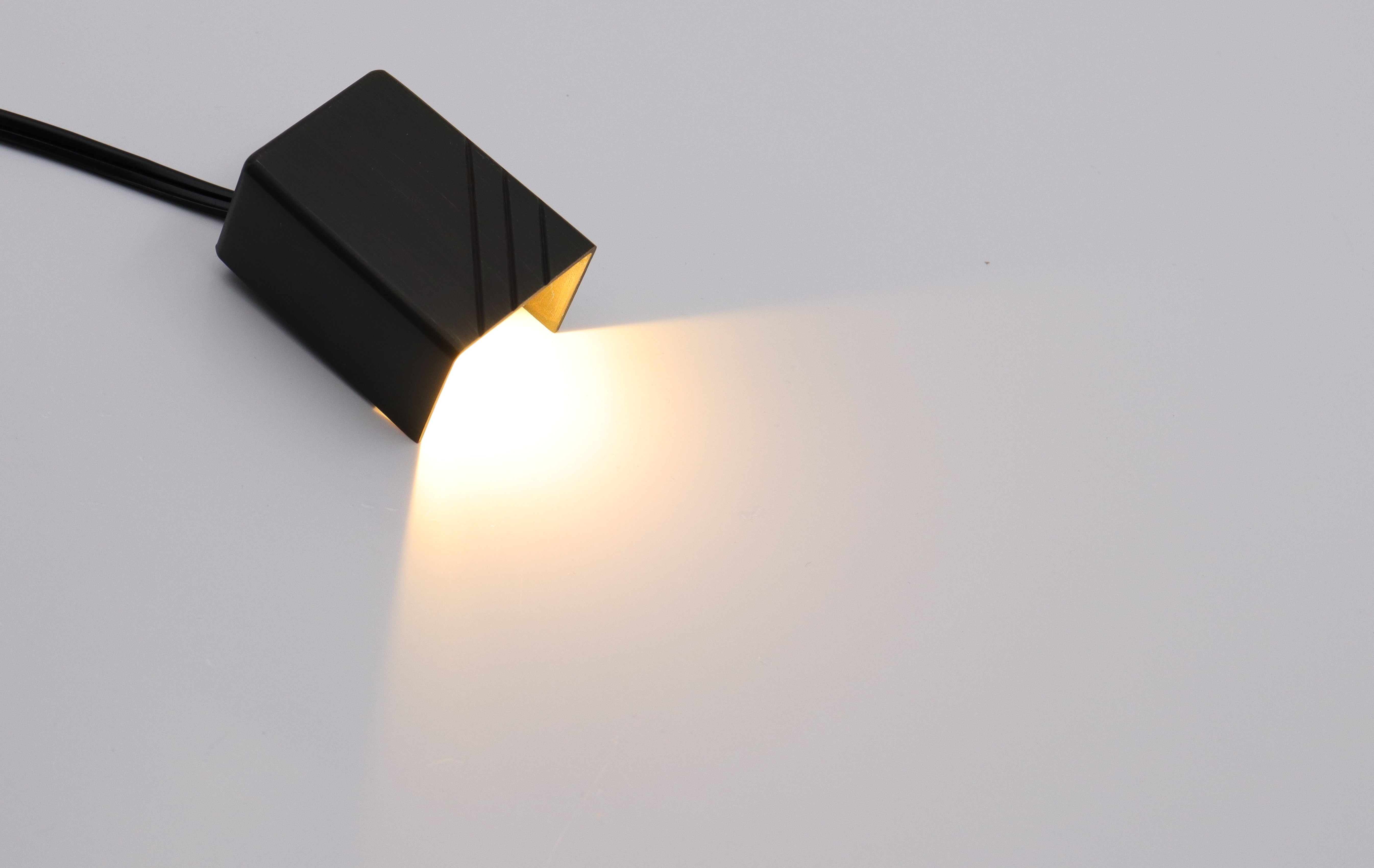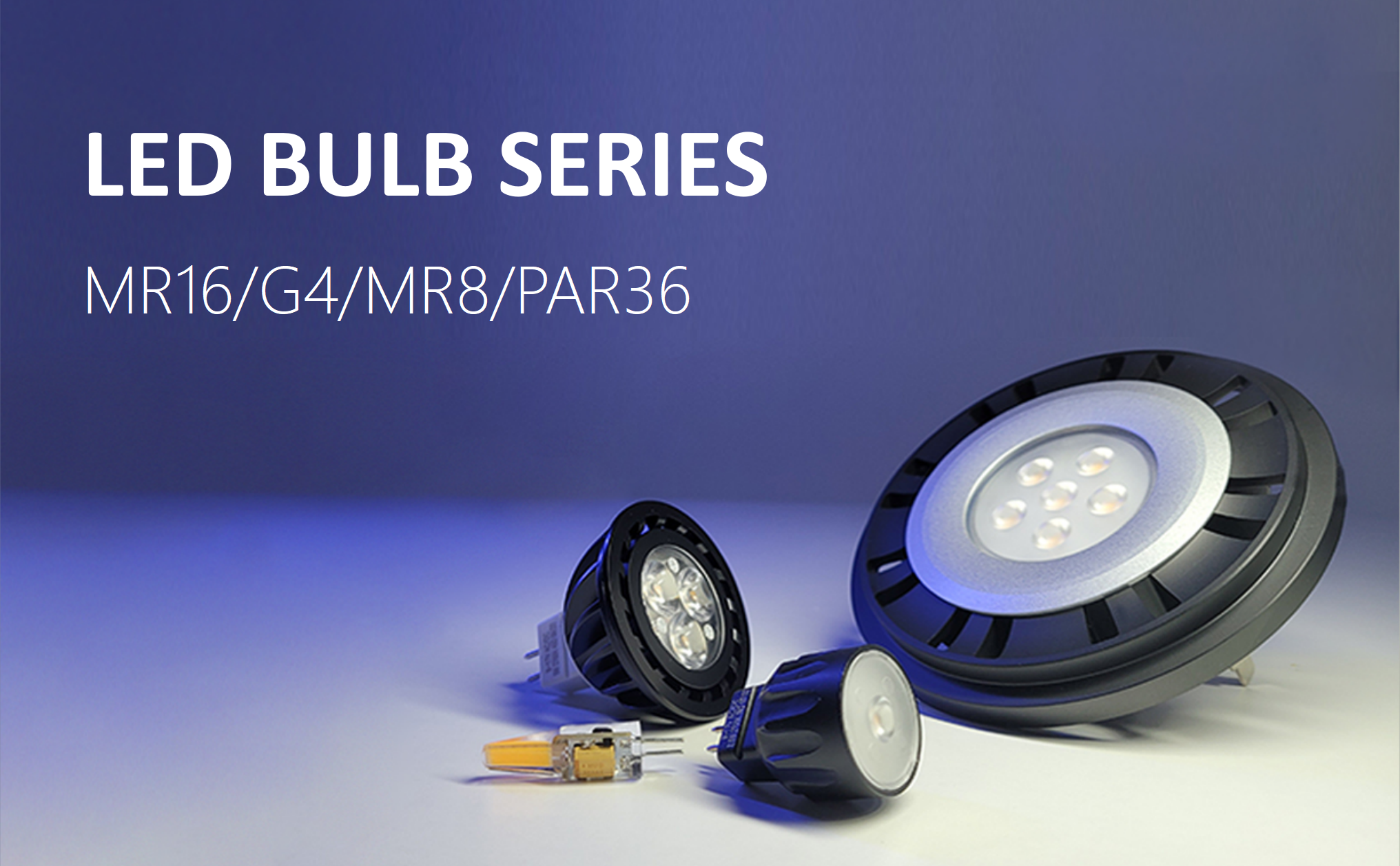Introduction
In outdoor lighting, low voltage pathway lights emerge as a popular choice for homeowners and landscape designers. These lights not only enhance the aesthetic appeal of a space but also contribute to safety and functionality. This comprehensive guide delves into various facets of low voltage pathway lighting, answering key questions and providing insights to aid you in making informed decisions.

1. What Voltage Are Pathway Lights?
Pathway lights typically operate at a low voltage, usually 12 volts. This lower voltage level is achieved by using a transformer, which converts standard line voltage down to a safer, more energy-efficient level. This feature makes low voltage lights an ideal choice for outdoor environments, providing sufficient illumination while minimizing electrical hazards.
2. What Are the Uses and Benefits of Low Voltage Path Lights?
Low voltage path lights offer a multitude of uses and benefits detailed below:
| Applications | Description | Benefits |
|---|---|---|
| Enhancing Outdoor Safety | Uniformly light up pathways, steps, and uneven terrain to reduce accidents and injuries in low-light conditions. Essential for pedestrian safety. | Reduced risk of accidents, improved pedestrian navigation. |
| Accentuating Landscaping and Gardens | Strategically placed to illuminate garden features like plants, sculptures, or water features, adding depth and dimension to landscape design. | Showcases garden elements, enhances the visual appeal of landscapes. |
| Setting the Mood and Atmosphere | Customizable lighting to suit various occasions, from tranquil, softly lit environments to vibrant settings for social gatherings. | Flexibility to adjust outdoor ambiance for different occasions. |
| Defining Boundaries and Perimeters | Effective in demarcating property lines and perimeters, enhancing visibility and security around property borders. | Enhanced aesthetic appeal and practical security benefits. |
| Serving Decorative Functions | Available in various styles and designs, contributing to the overall visual appeal and personalization of outdoor spaces. | Adds a sophisticated and personalized touch to outdoor environments. |
Low voltage lights have many benefits, learn more please click: 10 Reasons Why Low Voltage Lights Are Good!

3. How Many Low Voltage Path Lights Do I Need?
| Scenario | Number of Lights Needed | Path Length | Light Spread | Spacing Between Lights | Notes |
|---|---|---|---|---|---|
| Standard Suburban Home Pathway | 9 lights | 50 feet | Moderate | 6 feet | Ideal for typical suburban home settings |
| Long Driveway or Garden Path | 15 lights | 150 feet | Wide | 10 feet | Avoids overly bright or cluttered appearance |
| Small Urban or Townhouse Front Walk | 4 or 5 lights | 30 feet | Standard | 7 feet | Fewer lights avoid over-illumination |
| Curved or Irregular Path | 16 lights | 80 feet | Narrow | 5 feet | Ensures continuous illumination |
Explore more lighting theory to help you decorate your house: How to Design a Landscape Lighting System in Your Home?

4. What Are the Best Low Voltage LED Pathway Lights?
Among the top choices in the market, the Copper 12V Low Voltage Garden Pathway Lights or the COP602B Path Lights are the best low voltage LED pathway lights. Let’s delve into the specifics of this model to understand why the COP602B Path Lights are the best:
Overview of the COP602B Path Lights
- Material and Durability: Solid-cast brass for corrosion resistance and heat dissipation.
- Finish: Antique bronze, UV, salt, and moisture-resistant.
- Dimensions: 6.13"L x 6.13"W x 22.88"H, Weight: 3.14 lbs
- Lighting: Uses halogen or LED G4, emits warm 2700K light at 180 lumens
- Beam Angle: 360-degree coverage
- Voltage Range: 9-17V AC/DC
- Waterproof Rating: IP65
- Wire: 6-ft 18 AWG UL-listed lead
The Bottom Line
Whether you're a homeowner looking to elevate your garden's ambiance or a professional landscaper seeking reliable lighting solutions, remember that your choices in lighting have a profound impact. Consider the highly recommended COP602B Path Light for its durability, elegance, and efficiency. Embrace the opportunity to illuminate your outdoor spaces, making them not only safer but also more enchanting.
Read more about low voltage lighting:
- What Is the Best Wattage for Outdoor Lights?
- How to Troubleshoot a Low Voltage Lighting System?
- Landscape Lighting: Line Voltage vs. Low Voltage Lighting






Leave a comment
All comments are moderated before being published.
This site is protected by hCaptcha and the hCaptcha Privacy Policy and Terms of Service apply.